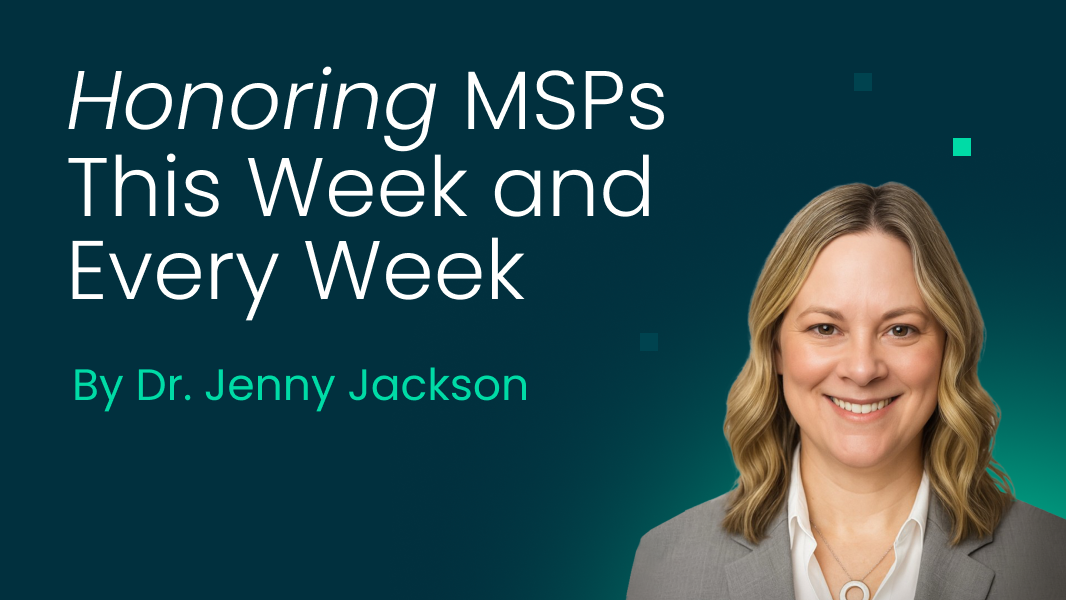We don’t need to tell you that Primary Source Verification (PSV) is a critical step of the provider credentialing process.In case you need a refresher, PSV itself is the process of reviewing the documentation or information of the provider applicants by consulting the originating sources, such as the educational institution, licensing board, past employers and so on. The goal is to verify the validity of provider credentials – i.e., licensure, education, certifications and work experience.
To perform PSV, credentialing staff (or automation-driven tools) need to access or engage with different sources of information ranging from online databases to individual contacts at other places (such as medical schools, hospitals, etc). When dealing with large volumes of provider applications, different compliance and regulatory standards, and other dynamics, it’s important to have tools and processes in place to streamline PSV so that it’s efficient and timely.
Why is PSV Important?
When healthcare organizations fail to properly verify their providers’ credentials using the originating or primary source, they risk using inaccurate and/or out-of-date information. This can lead to employing practitioners who aren’t sufficiently qualified and trained for a specific role, which can lead to malpractice.
PSV helps protect patients by ensuring they receive care from practitioners whose skills, qualifications, licenses and experiences are verified and in good standing. It also helps the healthcare organization protect itself from liability.
Primary Source Verification Requirements
Identifying Primary Sources
A ‘primary source’ is the organization, institution, or body that originally issued the provider’s credentials. Being the originating source of the information, these entities should have direct knowledge about the authenticity of the practitioner’s information.
Primary sources include:
- Government agencies (e.g., for licensing, sanctions, state certifications, etc)
- Educational institutions (e.g., for medical school, post-graduate training, etc)
- Past employers (e.g., hospitals)
- Professional associations (e.g., for professional certifications)
- Databases (e.g., National Practitioner Data Bank, etc).
- Individuals (e.g., for references).
Some regulatory bodies allow organizations to get verification from non-primary sources – these are called ‘designated equivalent sources’ (DES). For example, the Joint Commission accepts the following DES for credential verification:
- American Medical Association (AMA) Physician Masterfile
- American Board of Medical Specialties (ABMS)
- Educational Commission for Foreign Medical Graduates (ECFMG)
- American Osteopathic Association (AOA) Physician Database
- American Academy of Physician Assistants (AAPA) Profile
- Federation of State Medical Boards (FSMB) Disciplinary Action Databank
Knowing when to leverage DES is important as it may not be possible to access the primary source. However, it’s important to know what DES is permitted based on the bodies you need to align with for that specific credentialing task.
One other challenge with PSV is working across these different compliance requirements in an efficient and timely manner. For example, if you’re dealing with different jurisdictions and trying to engage multiple payors, you’ll need to meet multiple compliance standards. In turn, you’d need to access disparate information sources to verify credentials.
Contacting Primary Sources
You can verify primary sources in one or several of the following ways:
- In writing
- Telephone
- Website checks
- Database checks
The method you use depends on the primary source. Some sources make their information readily available on their websites or databases, so a quick search is sufficient. On the other hand, some sources may require you to directly contact them to acquire a document (via fax, email or letter-mail). When performing this manually, you may risk delays, receive incomplete or out-of-date data, and other risks. This is especially true if you’re working through large numbers of provider applications and, potentially, across different compliance requirements.
This is a resource-intensive, time-consuming, and error-prone approach to PSV – it’s not feasible nor efficient. Hence, it’s important to invest in processes and tools that automate your ability to access primary sources and review information more quickly. Ideally, you’d also want tools that keep you updated on changes in your providers’ credentials or status through monitoring and automatic record updates.
PSV Challenges
PSV is an essential step to credentialing because it works to ensure that the provider’s qualifications and experience are authentic. However, the following barriers make PSV difficult for many organizations:
Time/Resource-Intensive
When done manually, the PSV process can require considerable effort on the part of your staff (e.g., finding primary sources, contacting people, etc). This is especially true when the primary source isn’t available online, which makes finding it more cumbersome for staff. Not only does this process take more time to complete, but it’s error-prone.You can be at risk of credentialing delays due to lengthy timelines (e.g., 90 to 120 days in some cases), which can drive up administrative or operational costs.
Multiple Compliance Standards and Regulatory Requirements
Different jurisdictions, payors and regulatory bodies use varying standards when assessing PSV, which makes the process more complex and extensive for organizations. This elevates the risk of errors and not meeting compliance requirements, which can lead to privileging delays, claim rejections and other problems.
Cost
When working through a large number of providers, PSV can become an expensive task, so the margin to absorb delays and errors can be razor-thin for some organizations.
How to Meet Primary Source Verification Requirements Efficiently
To overcome these barriers, organizations incorporate specific processes and tools to make finding and reviewing primary source information quicker and less error-prone. For example, they’ll directly invest in tools that provide direct access to primary sources and automate the verification process. They could even leverage third-party organizations for credentialing so that their internal teams can focus on their core work.
Using Credentialing Verification Organizations (CVO)
Leveraging CVOs can be a good way to get the heavy-lifting of PSV out of the hands of your internal teams and into the hands of specialists. However, to protect yourself from delays, claim rejections and other risks, you need to ensure that your CVO is using the proper tools and processes to perform PSV.
You can do this by taking stock of the software they’re using to carry out the task, their access to primary sources of information, and how they update their data. Look for CVOs that comply with key accreditation bodies – such as the NCQA, URAC and others – as that will help you meet the credentialing requirements of more regulatory bodies and payors.
Automating PSV via Software
When investing in software, some organizations use APIs to automate time-intensive parts of the PSV process. They work to eliminate – or at least greatly reduce – the manual data collection and validation work, which makes the PSV process much quicker.
It also helps remove the risk of human error while also making it easier to keep up-to-date records and monitor after credentialing. The latter is important as it feeds into the process of re-credentialing, which some organizations require as part of a renewal process to keep their status on a health network or plan.
Next Steps
Though PSV is an intensive process, it doesn’t need to be daunting for your organization. In today’s complex healthcare compliance and regulatory environment, the key to carrying out PSV effectively is through the right tools and processes. Leverage software and automation to eliminate time-consuming tasks, like manually finding and verifying primary sources, and to create pathways to comply with different requirements more easily.
Request a demo to learn how Verifiable’s PSV automation tools and CVO services team can help you access hundreds of primary sources and automate verifications.

.svg)




